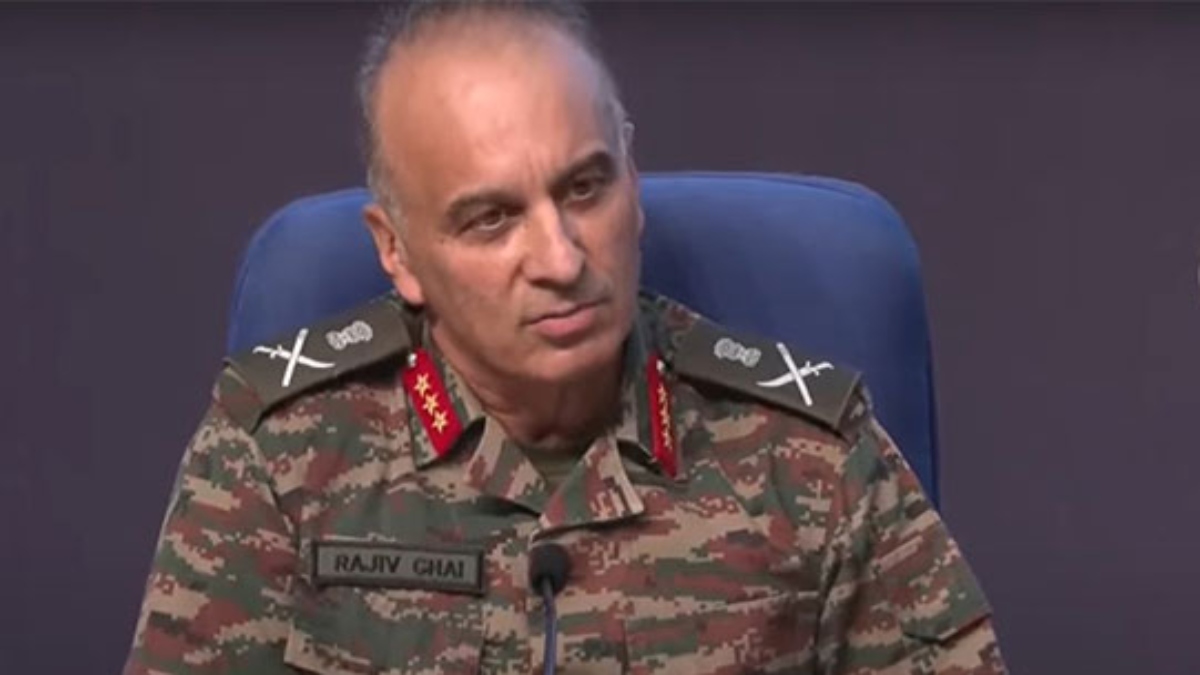Just two days after agreeing to halt hostilities under Operation Sindoor, the DGMOs of India and Pakistan held a second round of talks on Monday, focusing on de-escalation efforts along the border.
**Click here for India-Pakistan Ceasefire Live Updates**At 5 pm, Indian DGMO Lt Gen Rajiv Ghai and his Pakistani counterpart Maj Gen Kashif Abdullah spoke again, aiming to reinforce their earlier decision to cease all forms of military aggression. This was their second direct communication since Saturday’s truce.
The Indian Express reported that the discussion emphasised a mutual pledge to refrain from any gunfire or hostile activity. Both sides also explored the possibility of reducing troop deployments in border and forward areas to lower tensions further.
Ceasefire breach and Indian response
Despite the diplomatic dialogue, Indian military officials expressed strong displeasure after Pakistan reportedly breached the ceasefire agreement. Late Saturday night, just hours after the initial truce was to take effect, Pakistan allegedly deployed another swarm of drones across the western sector, triggering a sharp reaction from New Delhi.
As reported by The Times of India, Lt Gen Ghai warned on Sunday that any breach of the ceasefire agreement by Pakistan would be met with a “decisive and punishing retaliation.” Army Chief General Upendra Dwivedi has given operational commanders complete freedom to initiate forceful military responses if provoked.
Following the terror attack in Pahalgam, Pakistan has significantly reinforced its military posture near the Line of Control and the International Border. This includes the forward movement of reserve troops, armoured units and Chinese-manufactured SH-15 155mm self-propelled artillery systems.
India has responded with equivalent force mobilisations mirroring Pakistan’s actions to maintain strategic balance.
Strategic buildups and defensive postures
Tensions along the India-Pakistan border have intensified, with the Shakargarh Bulge—a strategic protrusion of Pakistani territory between the Chenab and Ravi rivers—emerging as a significant hotspot. Indian reconnaissance has revealed a heavy Pakistani military presence in the area, including a build-up of tanks and armoured units, heightening concerns of a potential flashpoint.
Earlier on Monday, the Indian Armed Forces released new imagery showcasing the extent of damage inflicted on 13 Pakistani military sites during recent retaliatory strikes. These visuals served to reinforce claims of Pakistan’s failed attempts to breach Indian airspace and damage key infrastructure. According to the military, a comprehensive and layered air defence system effectively neutralised incoming threats over the past week.
Impact Shorts
More ShortsIndia’s multi-tiered defence framework
During a detailed briefing on Operation Sindoor, senior officials from the army, air force and navy outlined the extent and sophistication of India’s defensive capabilities. They reported that Pakistan employed a variety of offensive technologies including missiles and drones sourced from China and Turkey, as well as loitering munitions and armed UAVs, in its recent operations targeting Indian military and civilian assets.
India’s air defence strategy, described as multi-tiered and highly integrated , played a critical role in intercepting these threats. The first line of defence consisted of counter-drone technologies and man-portable air defence systems (MANPADS), followed by layers equipped with point and short-range missile systems. A final shield comprised long-range surface-to-air missile platforms, forming a robust grid that protected strategic locations.
The Indian Air Force deployed a range of systems under its Integrated Air Command and Control System (IACCS), a networked structure that allowed for real-time threat detection and response coordination. This framework supported both soft and hard-kill counter-drone measures, backed by legacy platforms like the Pechora and OSA-AK, as well as newer indigenous solutions such as the Akash missile system.
Navy’s vigilance and maritime defence
Despite minor incidents of damage, officials confirmed that all Indian defence installations remain fully functional and are prepared for further operations if required. The navy, too, played a vital role by extending its surveillance operations across vast maritime domains. Utilising a combination of long-range radars, aerial reconnaissance platforms and real-time intelligence inputs, naval forces maintained a constant watch for incoming threats.
A layered Fleet Air Defence system, operating as part of a composite force, enabled early detection of aerial threats—including drones, missiles and aircraft. Advanced identification technologies ensured rapid differentiation between civilian and hostile aerial activity, allowing preemptive action well beyond engagement ranges.
The navy’s continuous surveillance, combined with its precision targeting capabilities, ensures any developing threat is addressed promptly, reinforcing the broader tri-service defensive posture that has so far prevented any major breach of Indian defences.


)

)
)
)
)
)
)
)
)



